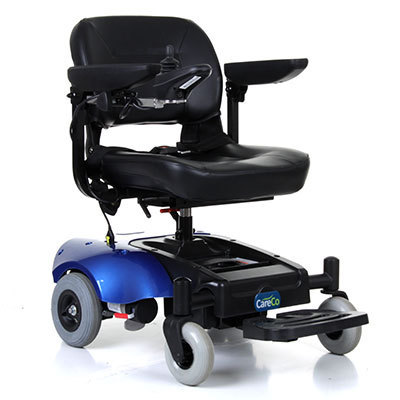
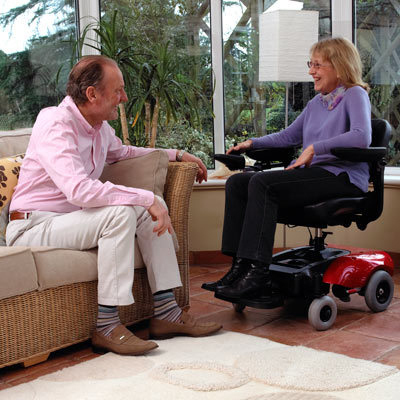
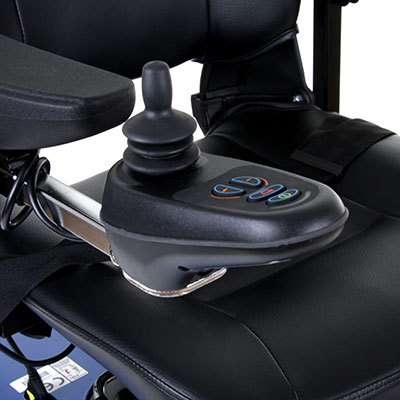
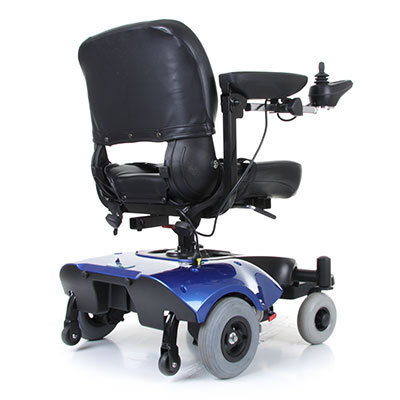
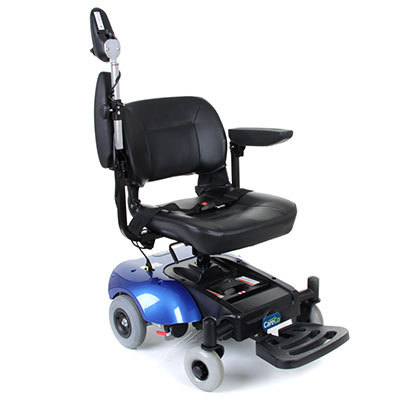

Easi Go Electric Wheelchair
Priced from
£1,200.00
What we say
Powerchair designed predominantly for indoor use. Options: choice of colour available.
ADD FOR COMPARISON
CareCo Ltd
Hire through Lendocare
This product is unfortunately unavailable for hire, however; you can express your interest in making this product available for hire by clicking the button below!
If you are a national retailer who is not listed please read our faqs to find out how to add your company. If you are listed and need to update your details please read how to update your listing.
Product Information
Manufacturer's Product Description
The Easi Go Electric Wheelchair from CareCo is a compact yet sturdy powerchair.
Manufacturer's Contact Details
CareCo Ltd
1 Turing Court
Great Notley
Braintree
Essex
CM77 7AT
UK
0333 015 5000 sales@careco.co.ukKey Features
- comes apart into sections
- removal battery pack which can be charged whilst on the chair, taken inside or charged independently
- adjustable seat
- multi-positional armrests and foot plate
- front beam system
- supplied with batteries and charger
Product Dimensions
| Dimensions | |
|---|---|
| Capacity | 113kg |
| Length | 84cm |
| Maximum speed | 6.4km/h |
| Turning circle diameter | 50cm |
| Weight (kg) | 50kg |
| Width | 56cm |
| Power and Function | |
| Range | 16km |
| Seat | |
| Seat depth | 45cm |
| Seat height | 55cm |
| Seat width | 45cm |
| Testing | |
| Crash tested to ISO 7176-19 | No |
Product Specification
No product specification has been specified.